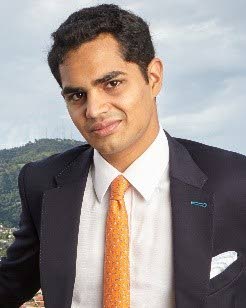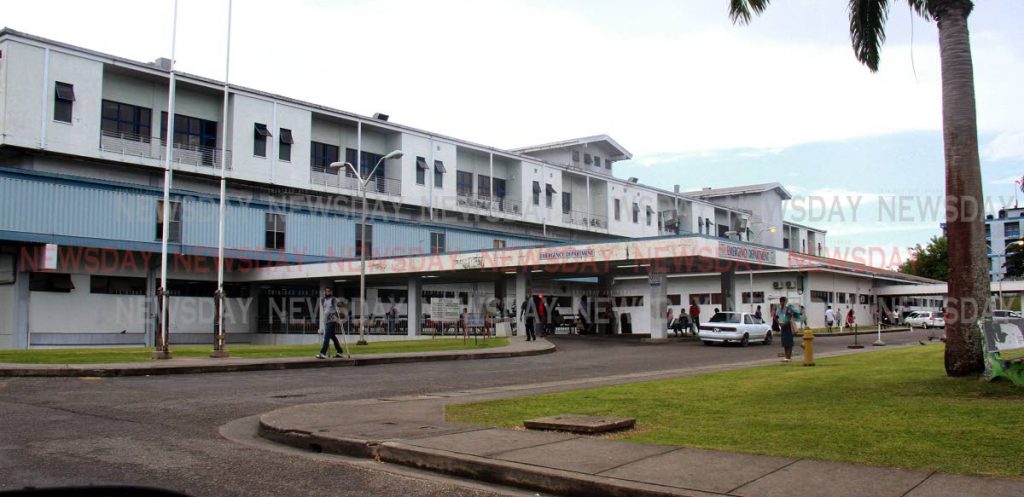Why wait hours to see a doctor?

kmmpub@gmail.com
What if just a few hours meant the difference between life and death?
Walk into a hospital or clinic waiting room, and you will soon find out.
A report commissioned by the CEO of one of our health authorities showed that each morning found “an average of 20 over-flow patients…awaiting beds.” Waiting times for operations, clinic appointments or specialist treatment are measured in “months to years.” Reports take “weeks, months, or years.” Emergency room waiting times were “unpredictable” but were as long as 12 hours (in Canada only a quarter of patients wait as long as four hours).
We already know this. Fifty-two per cent of patient complaints were about waiting times. In the information age, 14 per cent still complained that their patient files were lost.
Dr Mandrakar Bahall, a lecturer at both UWI’s medical and business schools, puts it squarely: “National health indicators have shown no significant improvement.” This has been the case through successive administrations and billions of dollars.

Hospitals are overwhelmed. The personal toll of being a doctor in our public health system is immense. Doctors and nurses are burning out at an alarming rate, as Independent Senator Dr Varma Deyalsingh has warned.
Exhausted doctors work 36-hour shifts. Nurses do physically draining work that leaves them little time for continuing study. It is a testament to the good people in the system that care is not much worse.
So far, so familiar. But wait: it turns out that little tweaks to the system could have the potential to make a big difference.
That was the premise of a six-month pilot project Dr Bahall ran in the San Fernando General Hospital.
What did it do? It took little blockages in the system and surgically removed them. It turned out that three things were enough to make all the difference.
Dr Bahall and the hospital team quickly shifted patients to specific medical wards, ensured their clinical files were ready to hand, and regularly checked heart readings at patients’ bedsides.
Not exactly sexy stuff, but the results are certainly enough to get you out of bed. While it ran, the pilot reduced overcrowding by a whopping two thirds.
Even if that were scaled up, we’d still be short of staff and supplies. Now what if the answer to that lies in how we care for patients once they come out of the operating theatre?
No one wants to stay in hospital any longer than they have to. It is a miserable time, increasing patients’ chances of infection, and racking up costs.
The UK has recognised that. Its National Health Service has embraced the notion that for many people hospital-level care can be maintained at home – at a fraction of the cost of keeping them in a hospital bed.
Many outpatients don’t need round-the-clock care. In Dorset, patients are monitored in “virtual wards.” Doctors, nurses and social workers keep an eye on patients and visit when needed. In Somerset, rehabilitative physiotherapy is done in external care homes. It turns out that patient experiences improve once they leave hospital. And a pilot led by Dr David Levine and published in the Journal of Geriatric Medicine demonstrated that costs were 67 per cent lower when hospital-level care was implemented at home for patients.
Necessity often drives innovation, as many of our top doctors have told me. Dr Anand Rampersad of Caribbean Heart Care found that out first-hand when he set up TT’s first transplant centre.
We should give more autonomy to doctors with good ideas, particularly in our teaching hospitals. Former lecturer Dr Clifford Thomas pithily underscored that, saying: “The currency of a university is thought.”
Successful local pilots like Dr Bahall’s have proved that there is a willingness to innovate in our local health system. Dr Ian Ramnarine has pointed out that we have already adopted a “systems approach.”Scaling up promising pilots should be straightforward.
It is not just healthcare that is at stake. The news is filled with angry young men wreaking havoc – from TT to the US. What bloodshed could be prevented if we freed up enough resources to expand our mental health programmes?
It struck me that at last month’s annual medical conference, the TT Medical Association and its president Dr Analisa Cumberbatch mentioned dollars and pills as much as they did medical techniques (I’ll spare you readers the gory details of those techniques for this week – though not in the ones to come!).
A more efficient system could reach those young men. We might then be able to sleep better at night. Though hopefully not in a hospital bed.
Kiran Mathur Mohammed is a social entrepreneur, economist and businessman. He is a former banker, and a graduate of the University of Edinburgh.


Comments
"Why wait hours to see a doctor?"